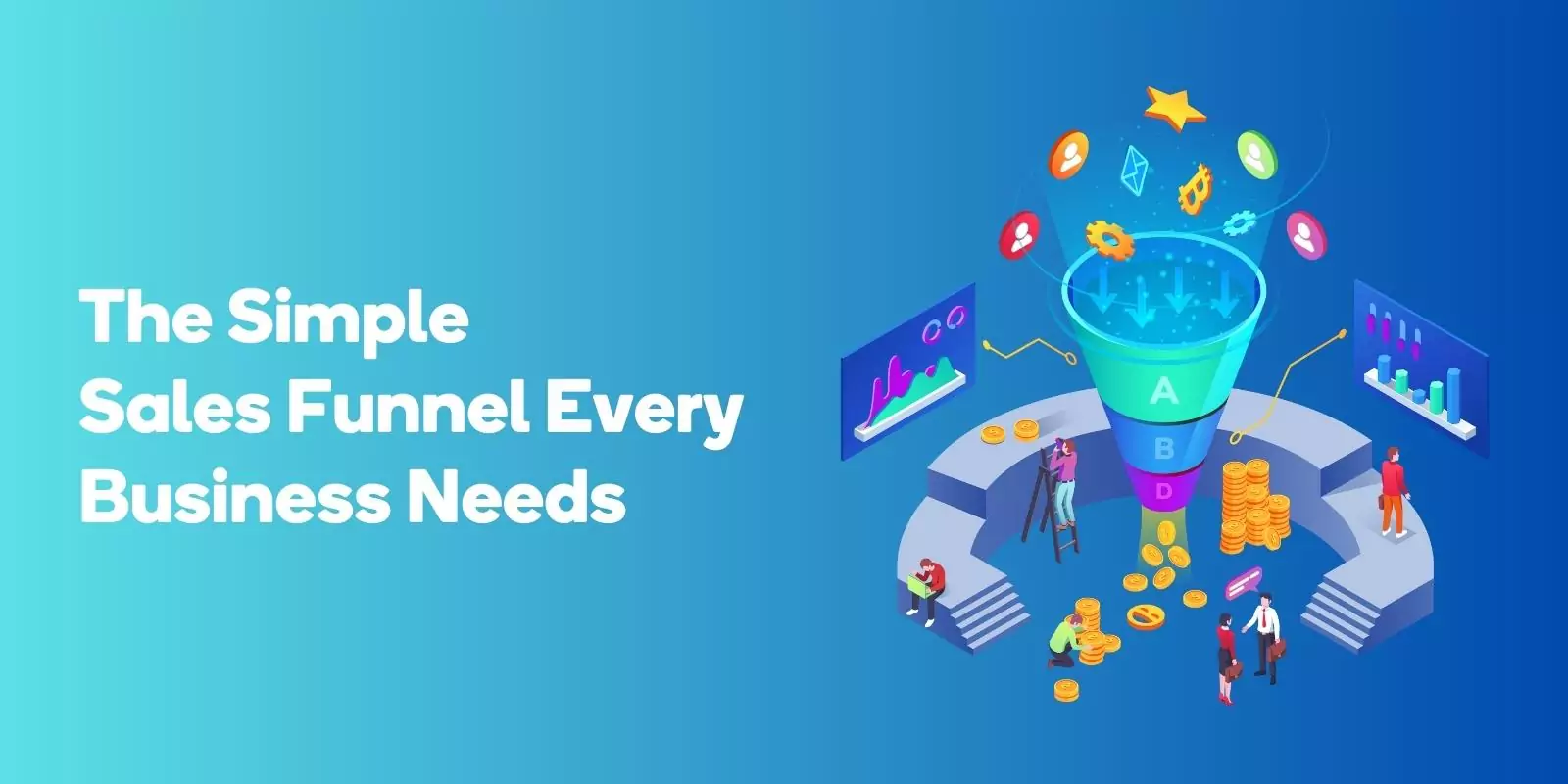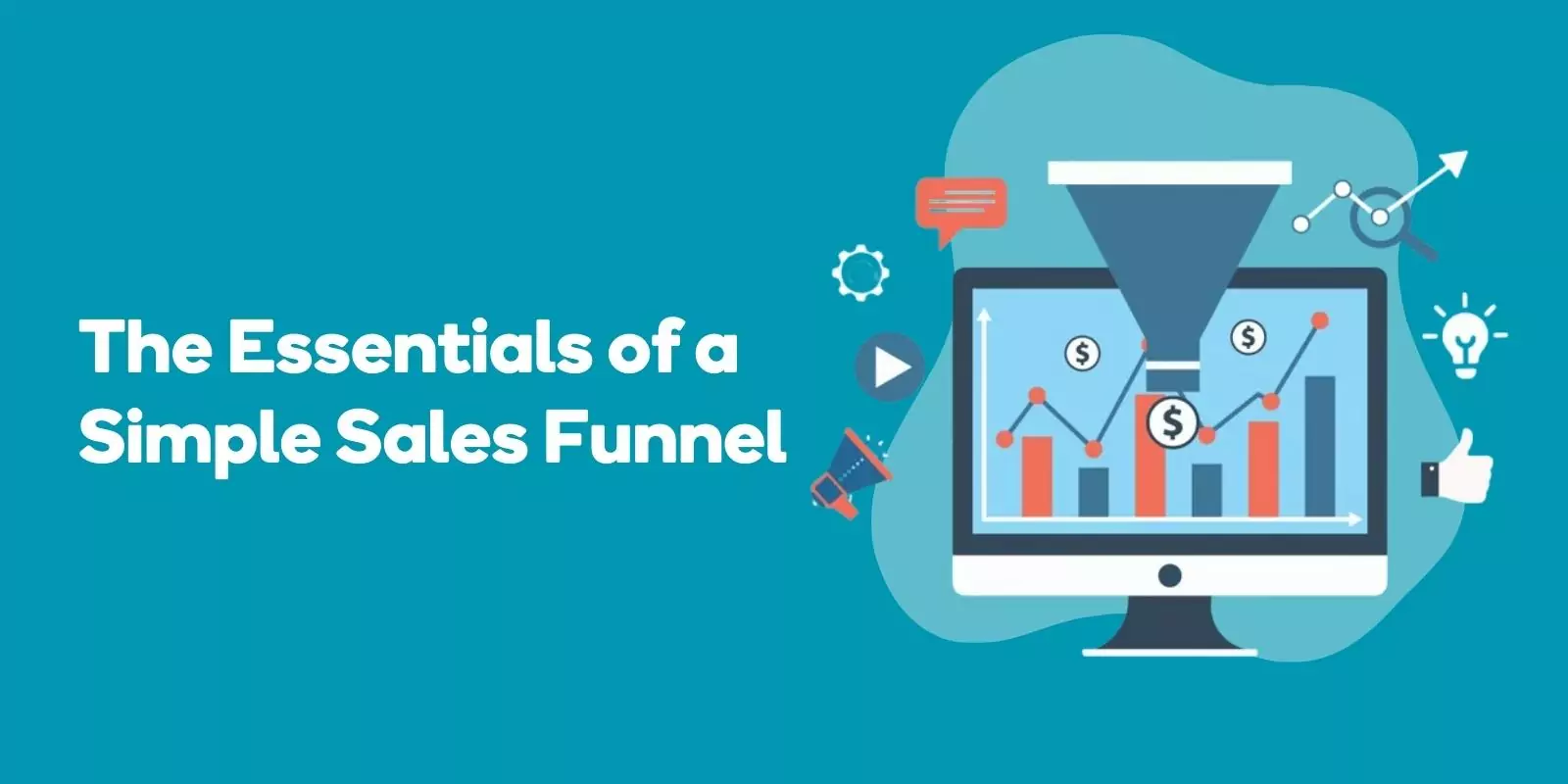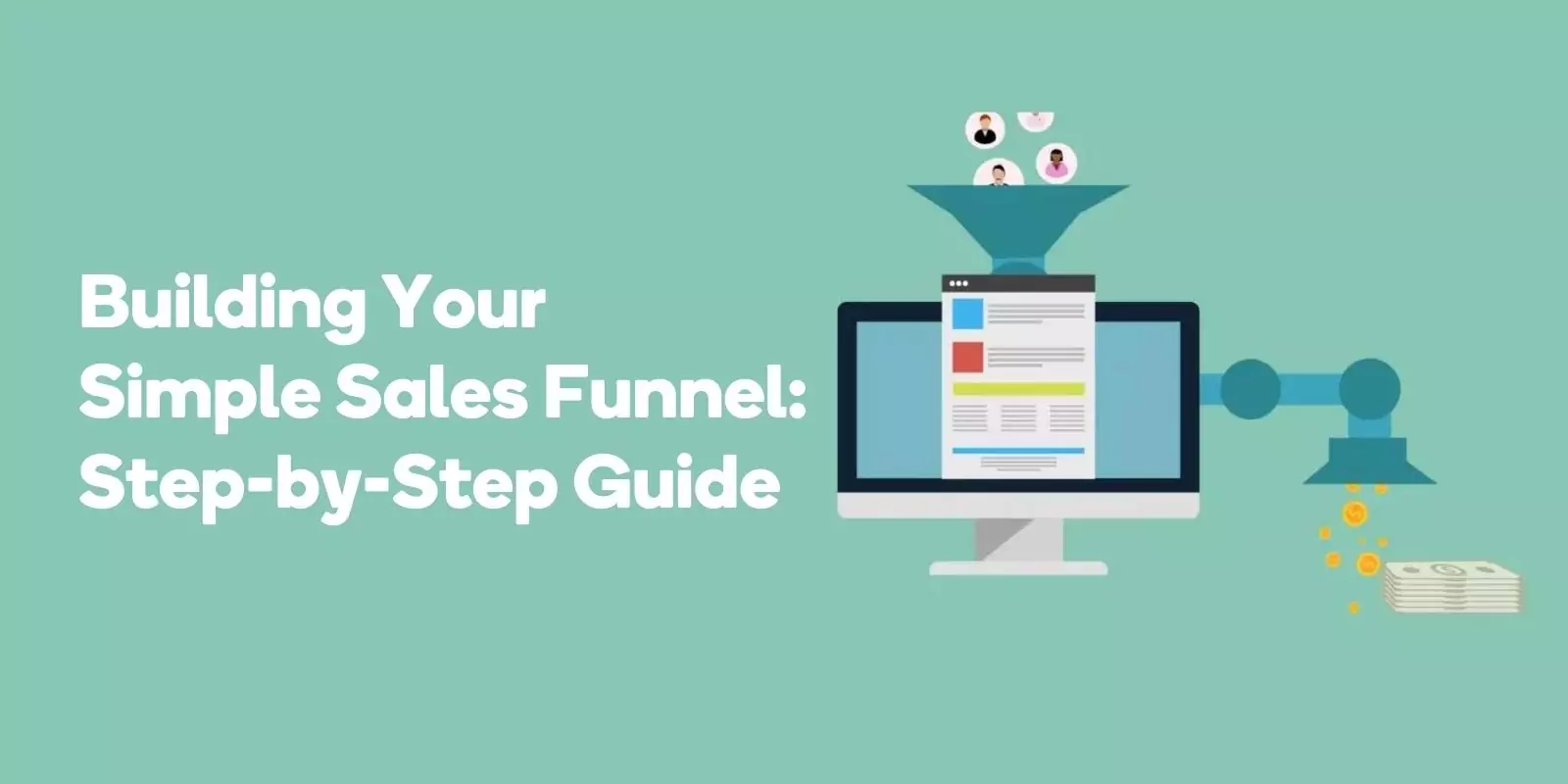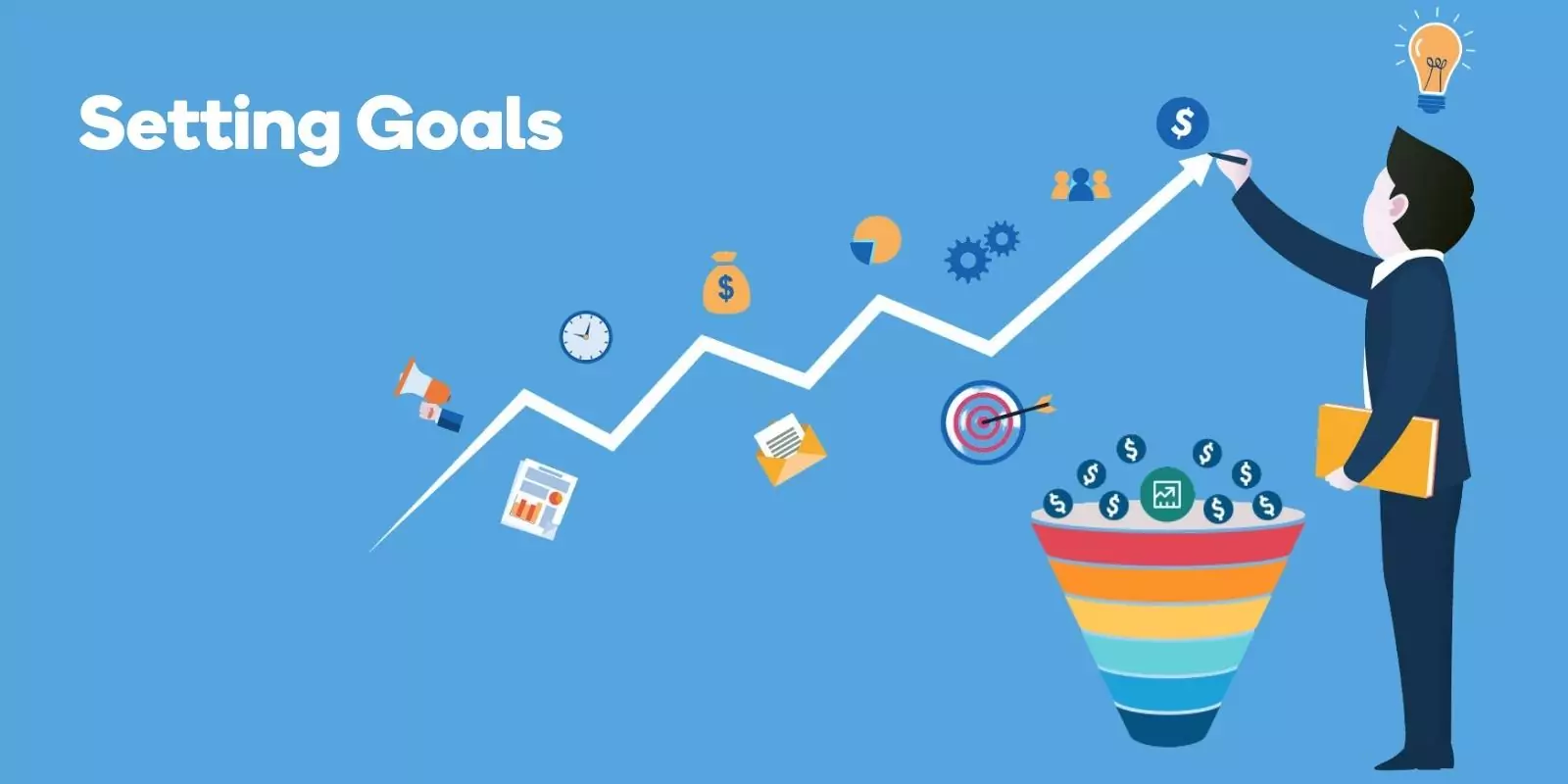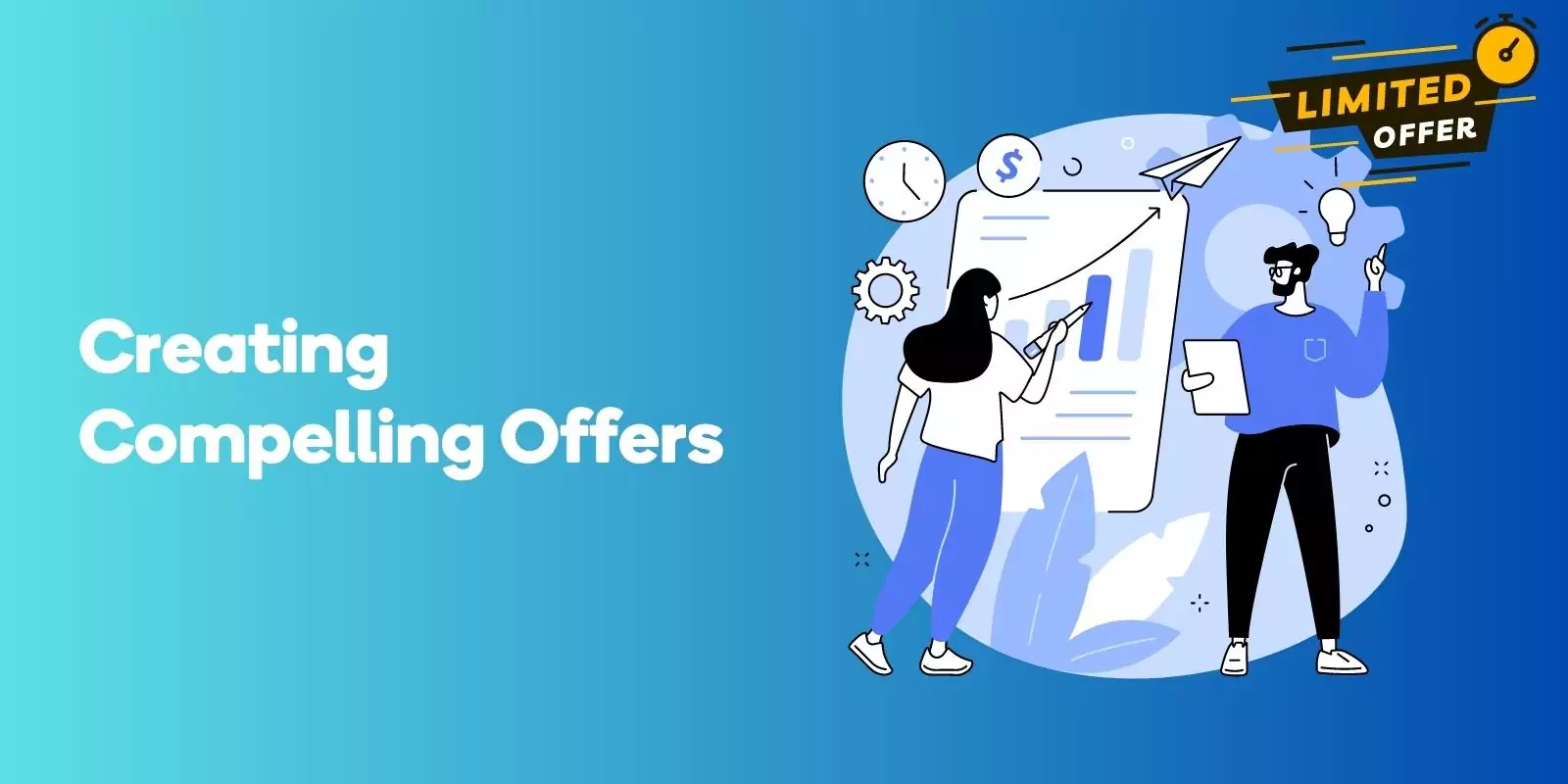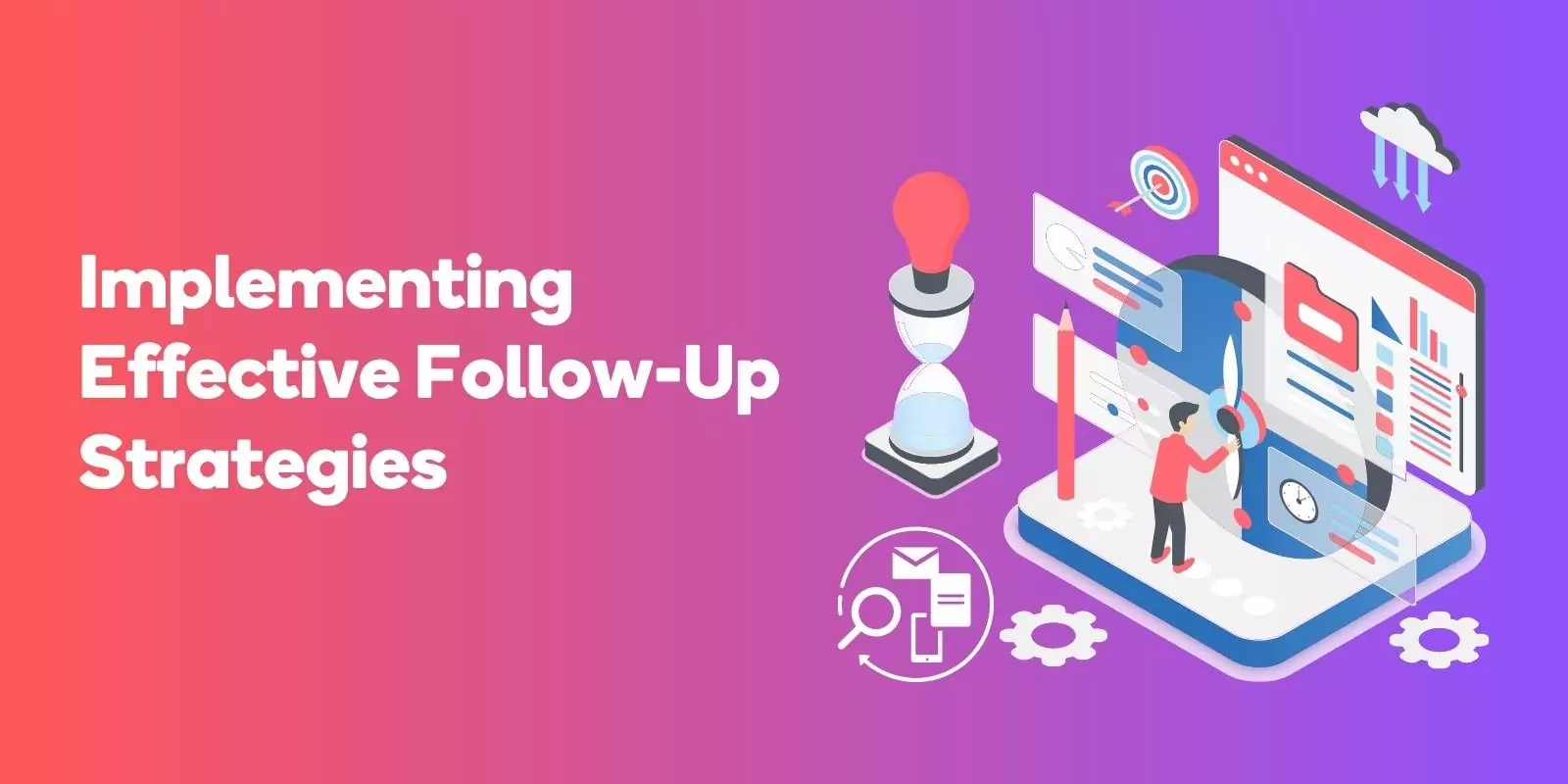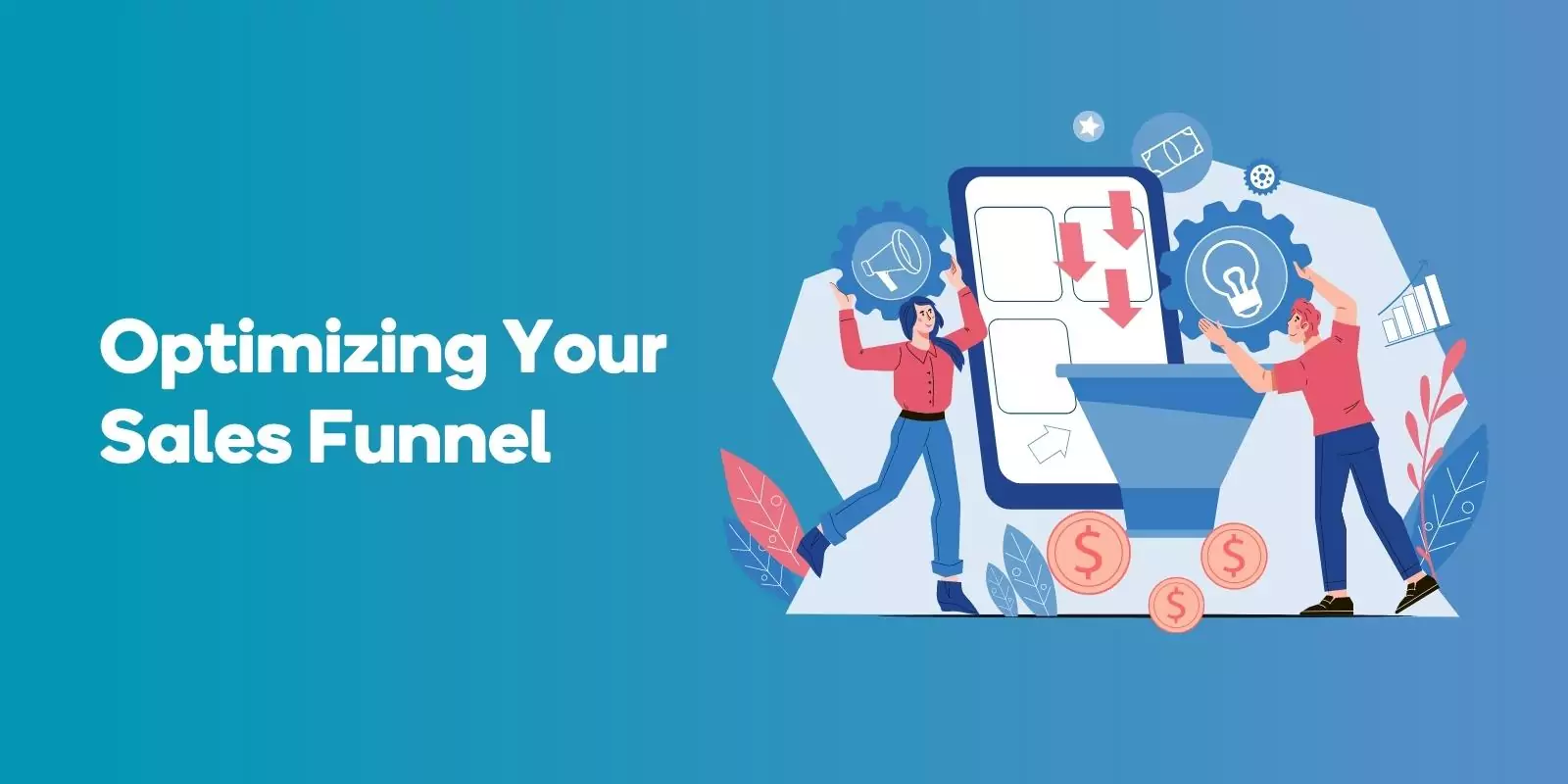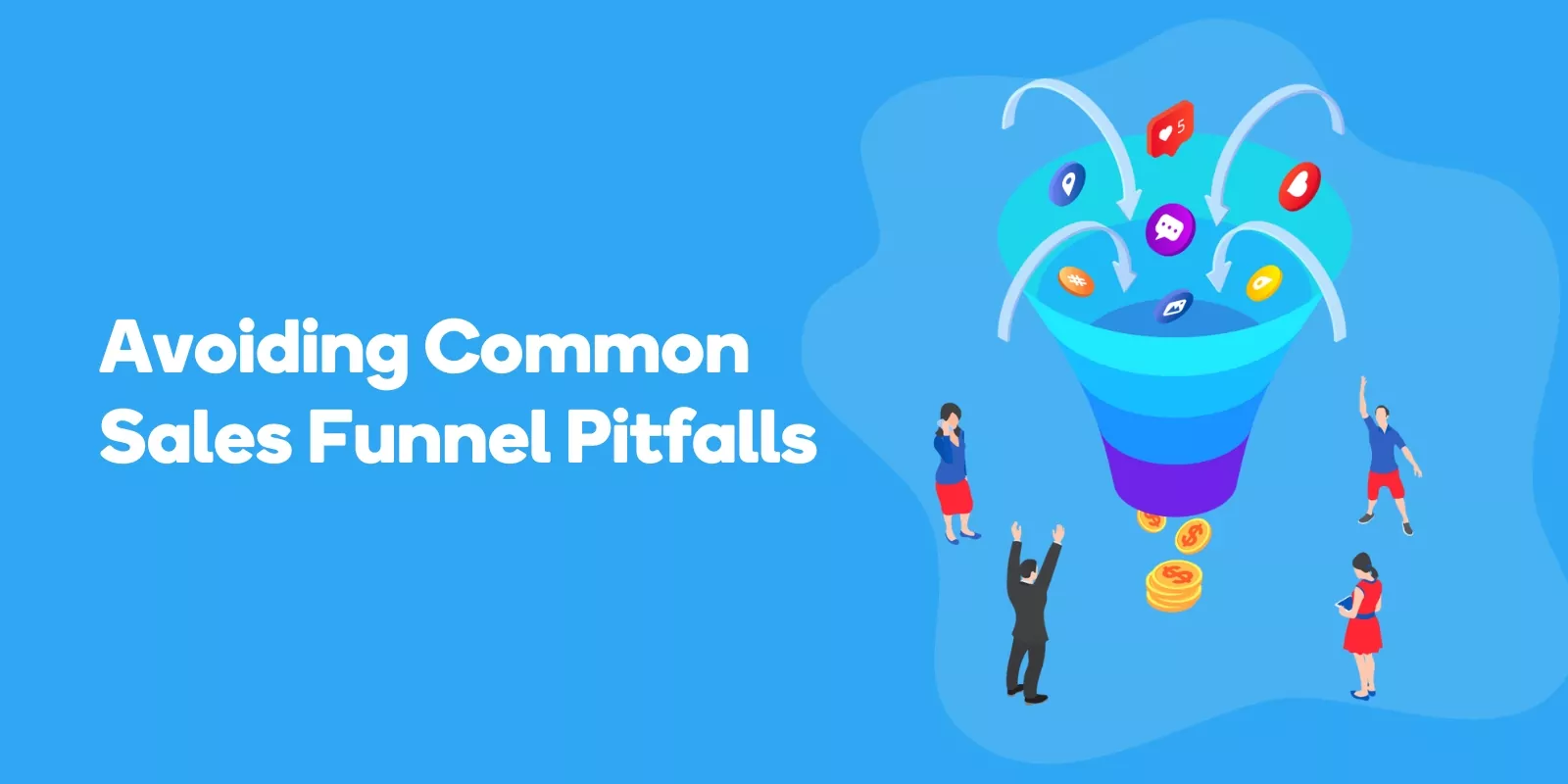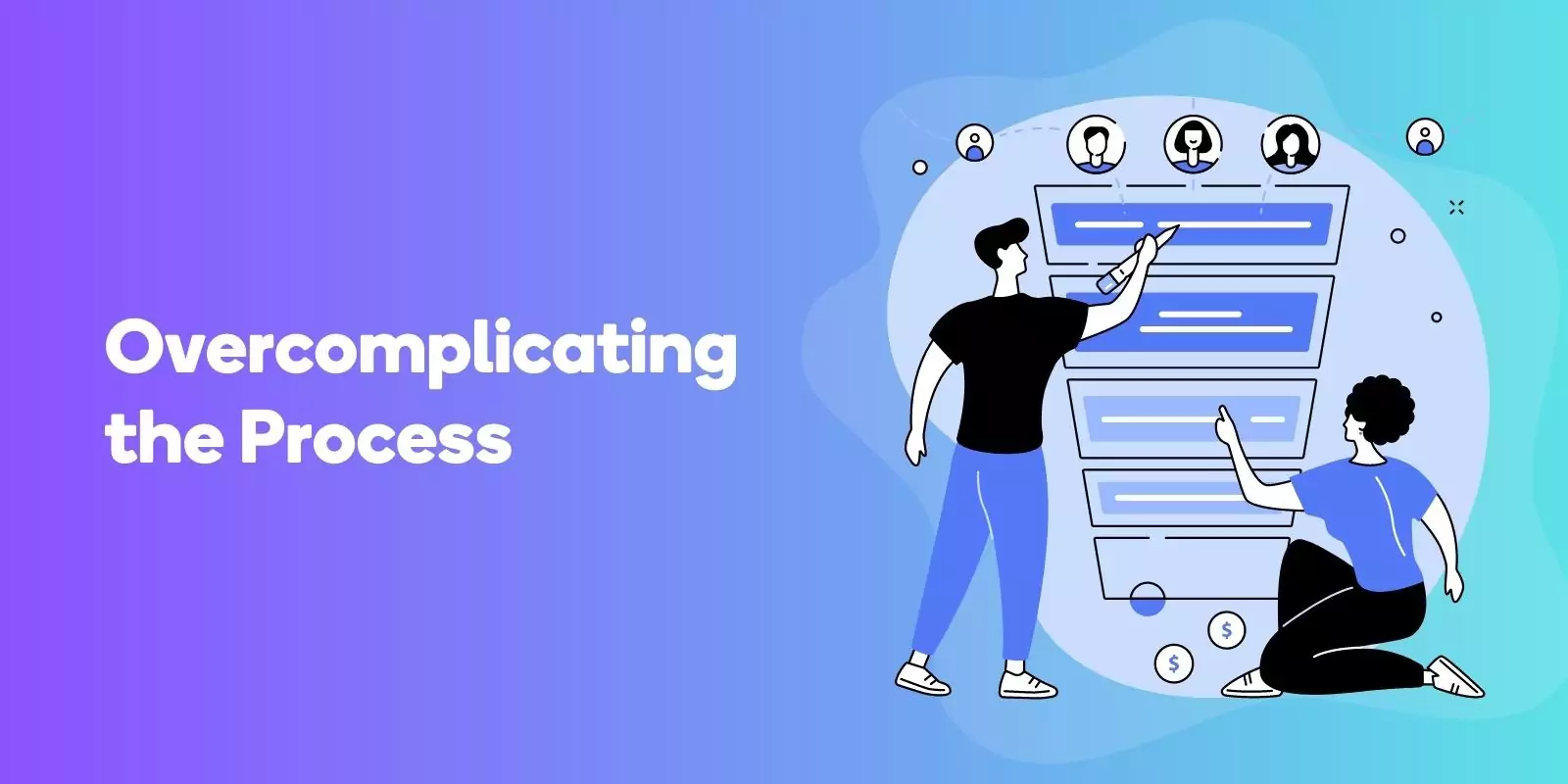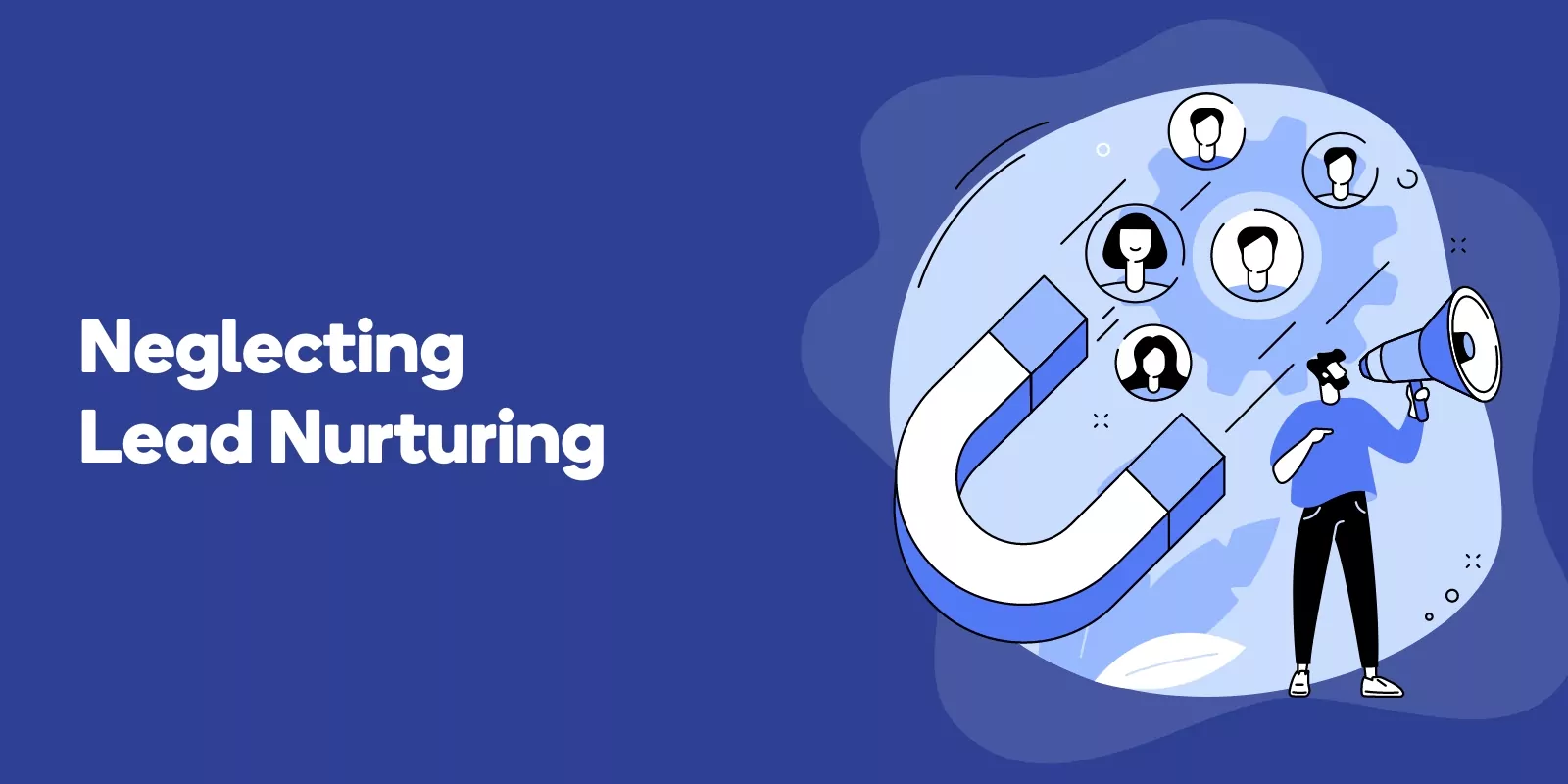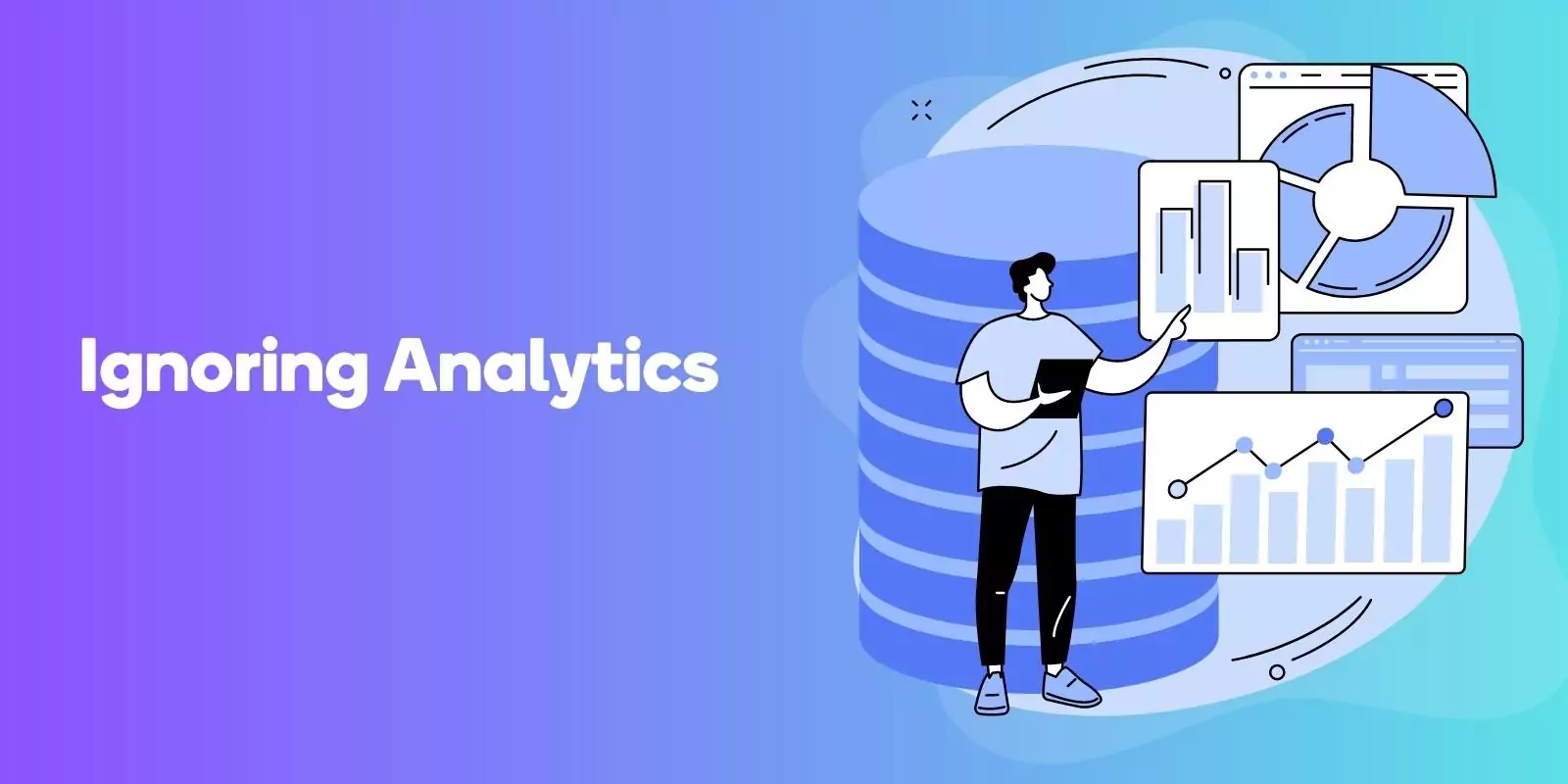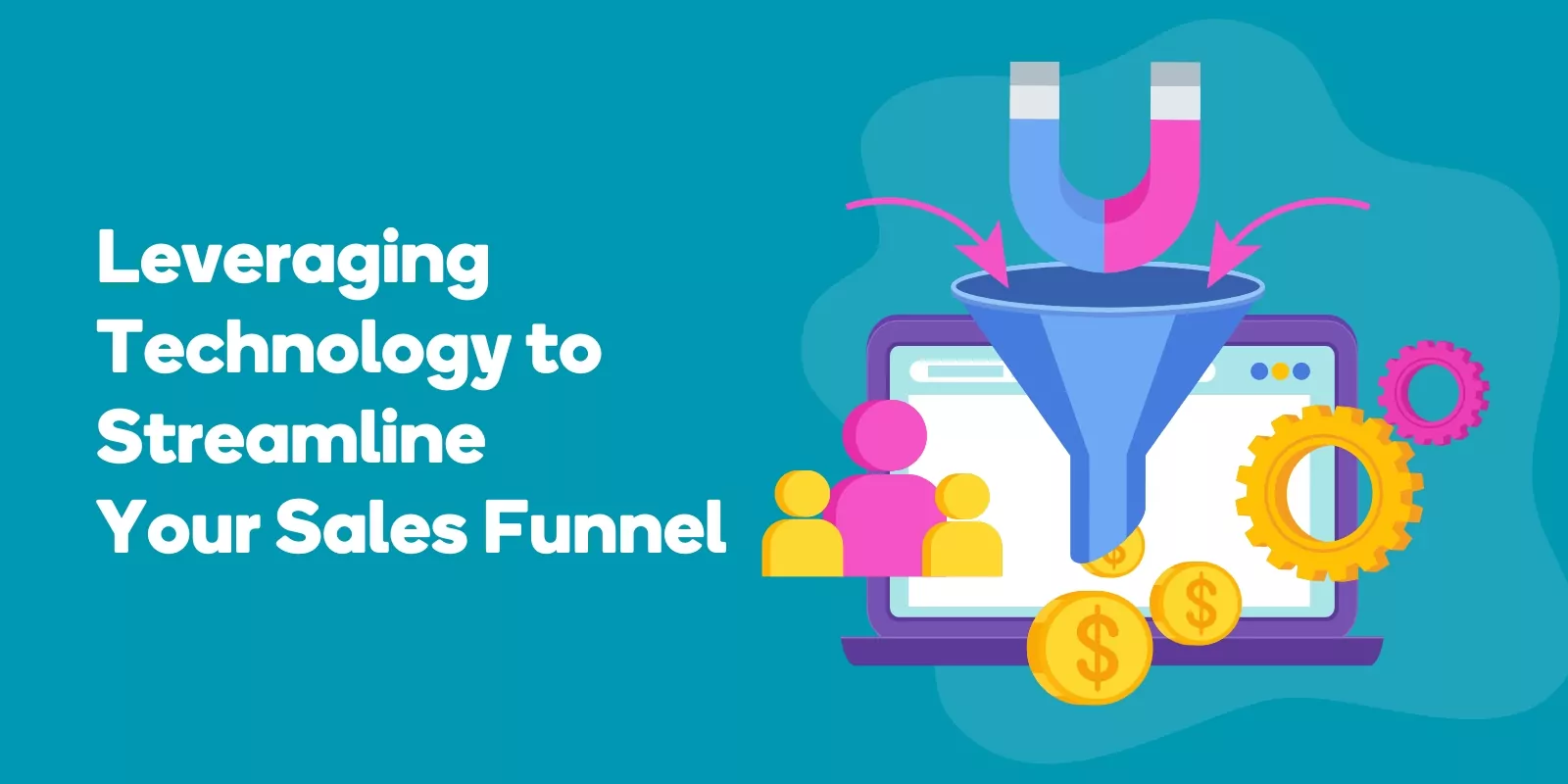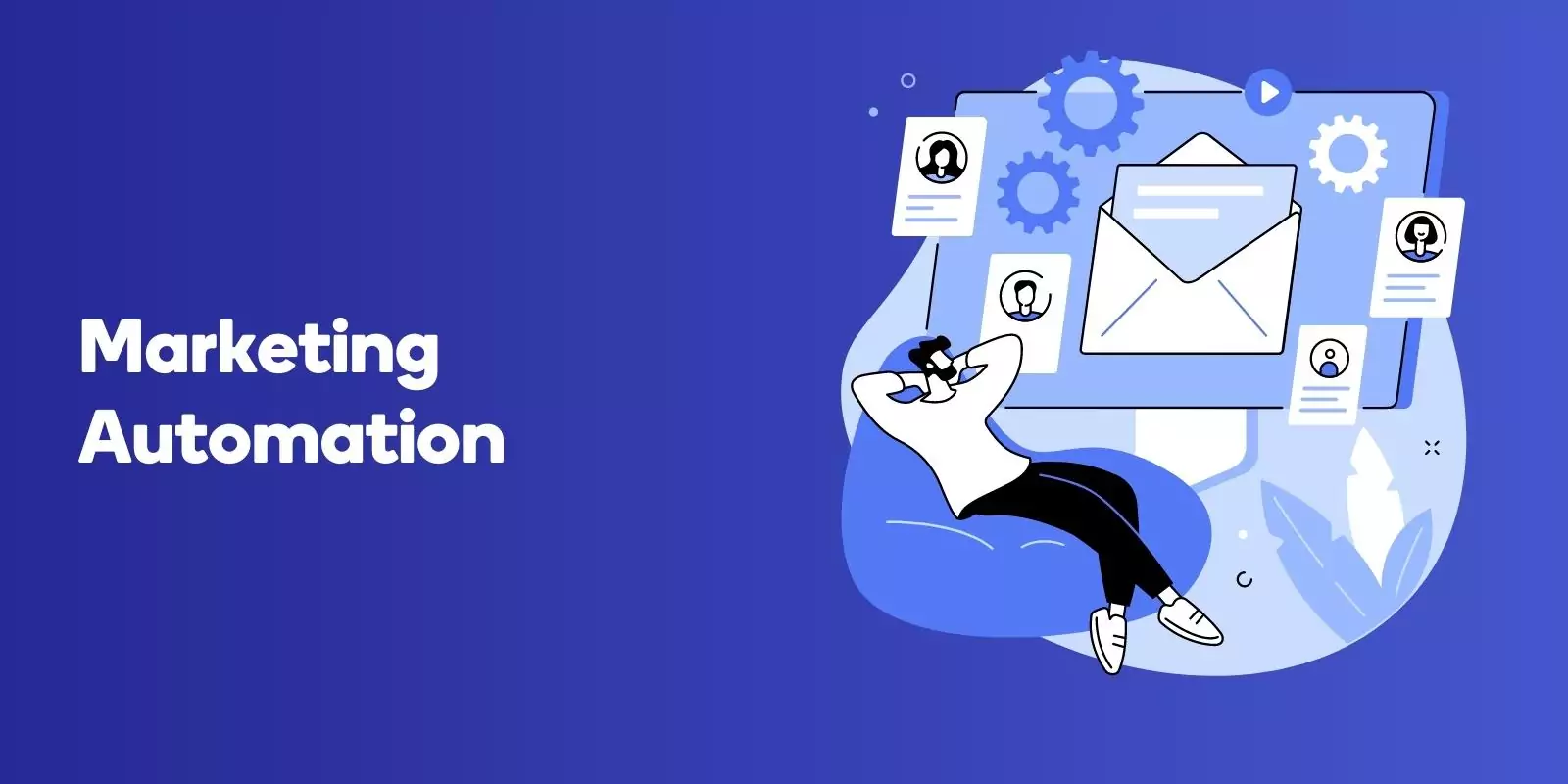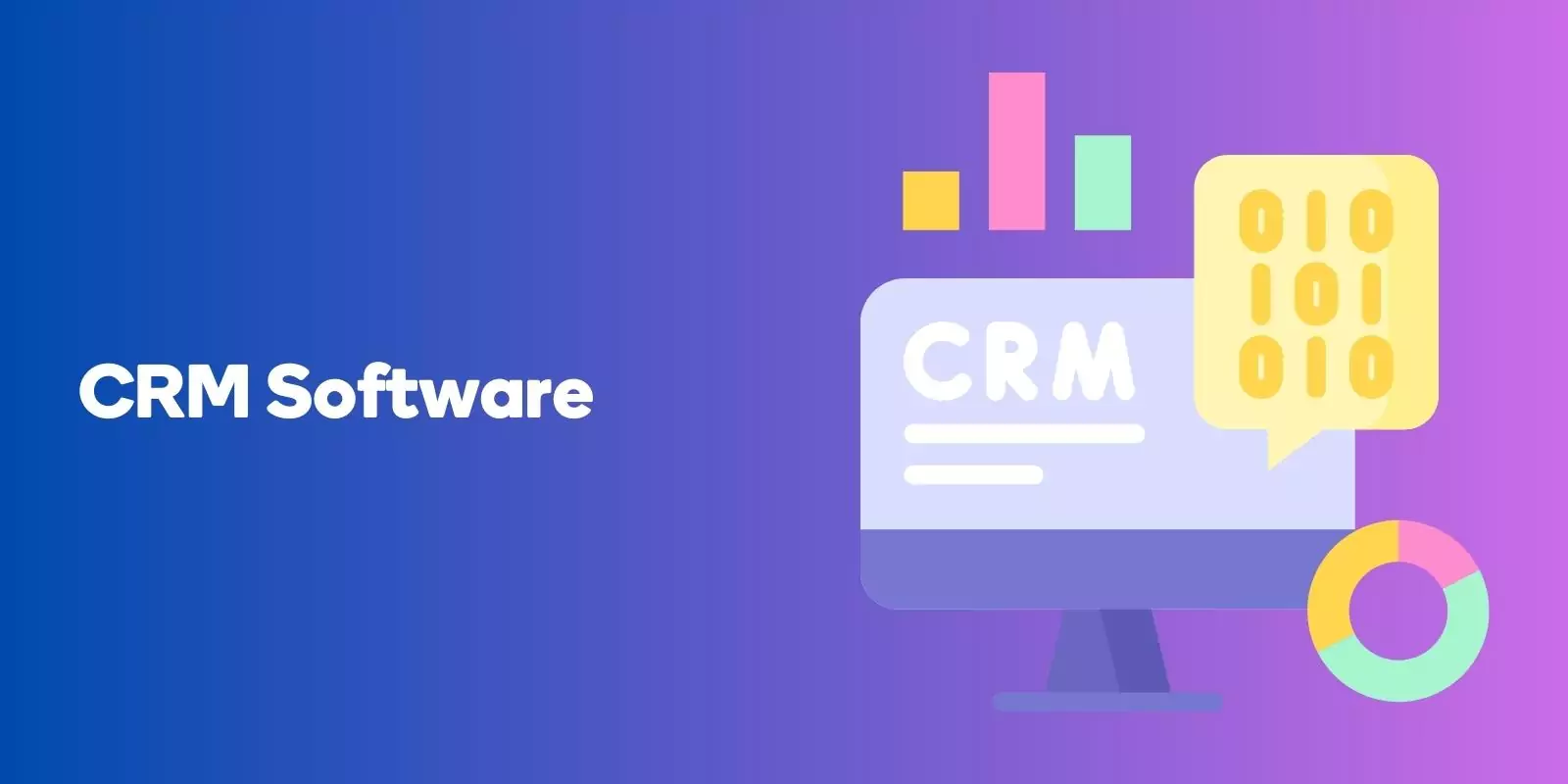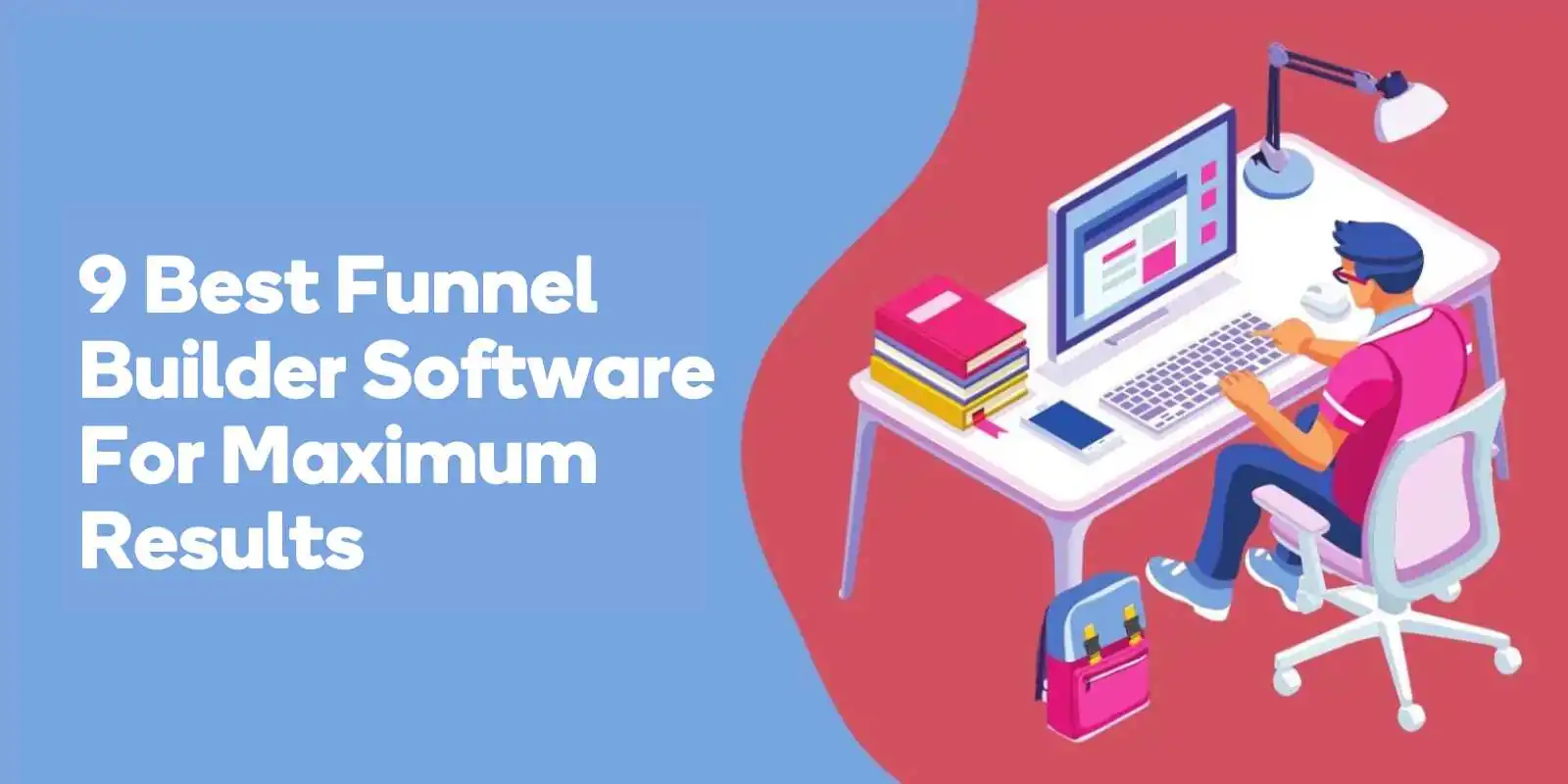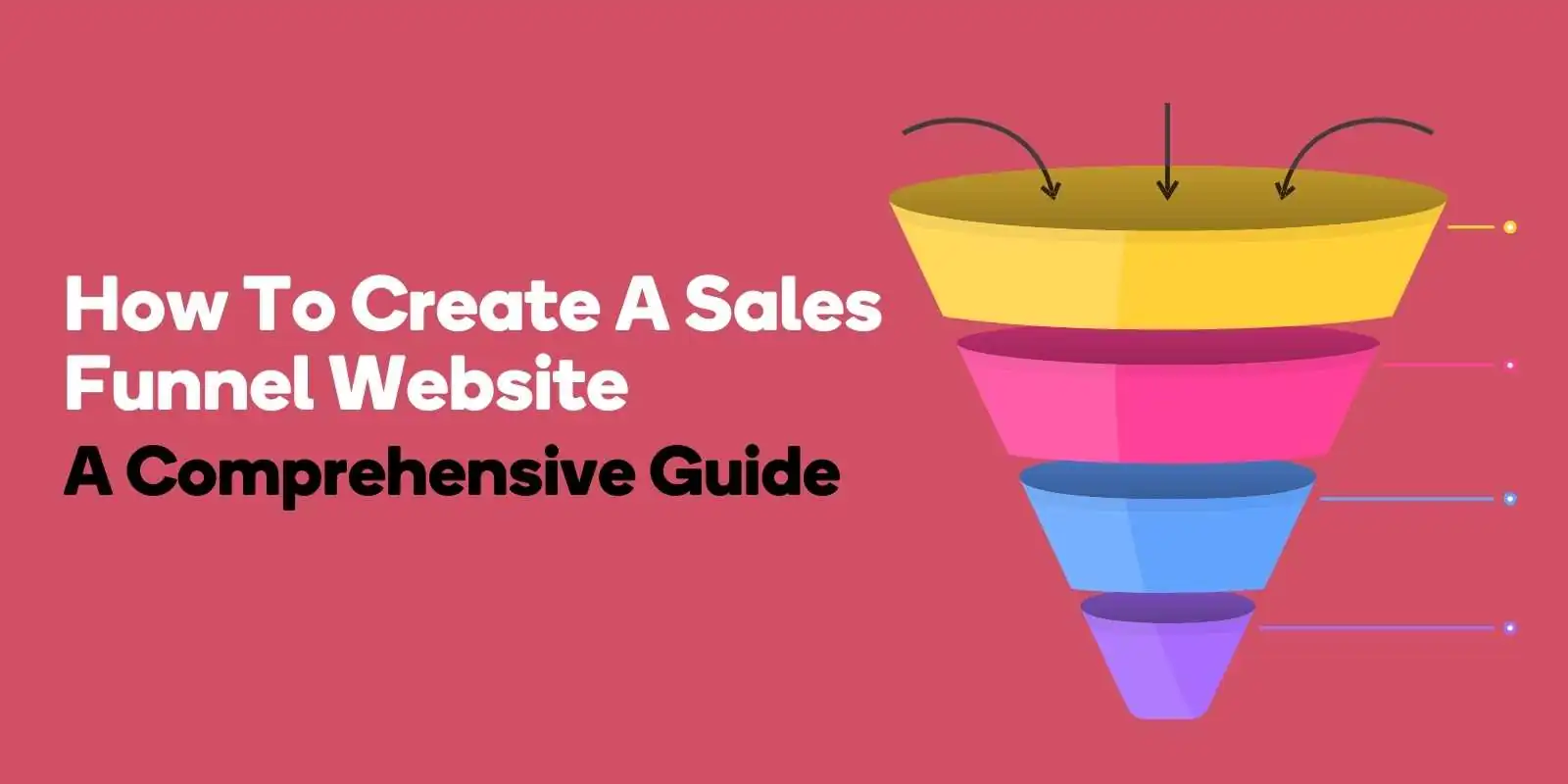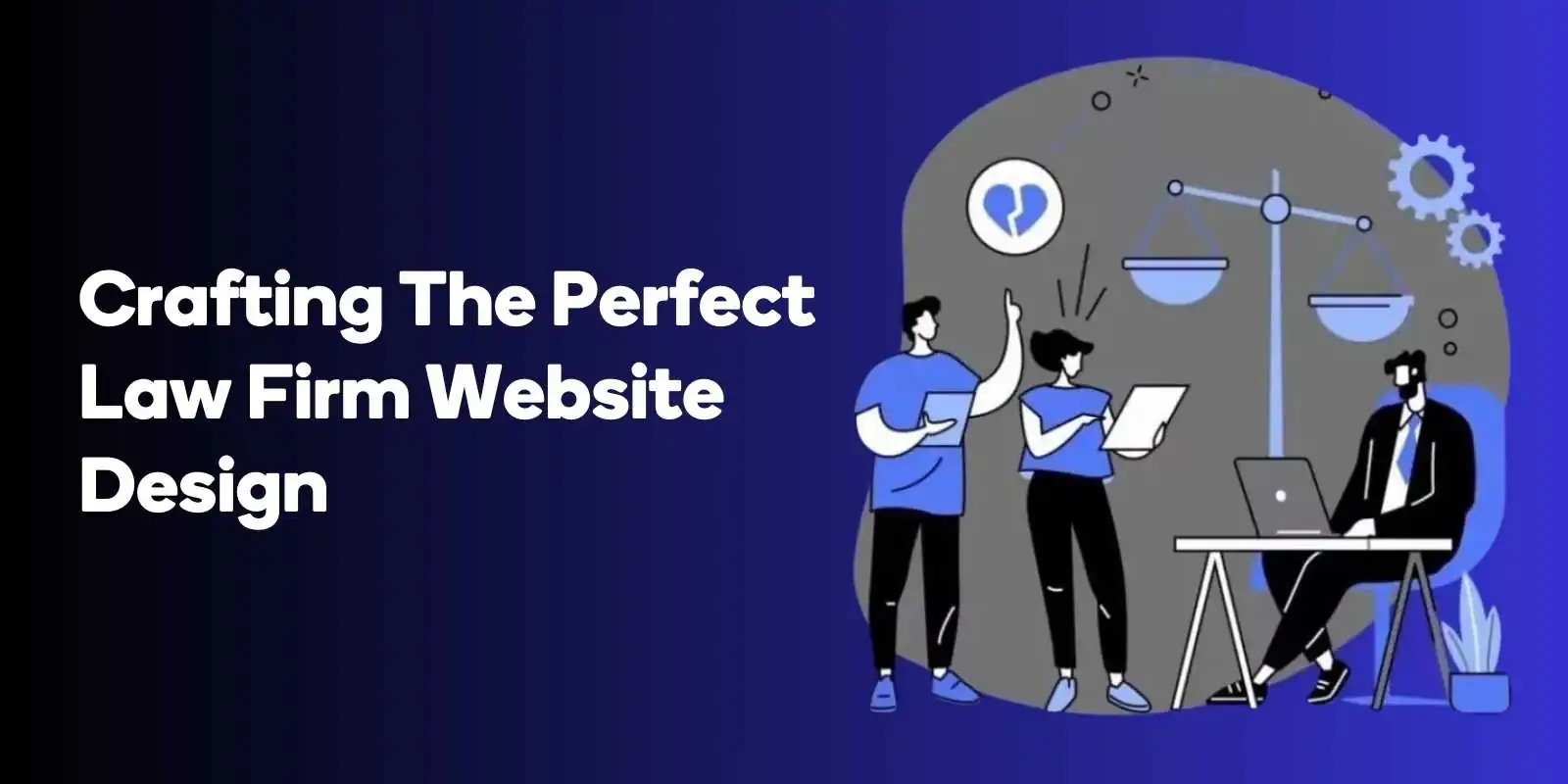In this post, we’ll explore the essential stages of a sales funnel, share a step-by-step guide to building one, and discuss how to avoid common pitfalls.
Let’s dive in and take your sales game to the next level.
The Essentials of a Simple Sales Funnel
A basic sales funnel is a systematic and repeatable method of converting leads into customers. It represents the customer journey, illustrating the sales process from the initial awareness to the subsequent action.
The objective of a sales funnel is to prevent exhaustion for both your company and prospective customers. By recognizing issues in the sales process, the sales funnel assists in improving your marketing efforts and ultimately driving more sales.
The four stages of a sales funnel include lead generation, lead capture, nurturing leads, and conversion. Each stage plays a crucial role in guiding potential customers through the journey of becoming true customers.
By understanding and managing these sales funnel stages, businesses can create a successful sales funnel that increases conversions and sales.
Lead Generation
Lead generation refers to the process of attracting and engaging prospects to generate interest in a product or service, with the ultimate goal of converting them into paying customers.
The interest stage is where businesses need to focus on creating evergreen content that is relevant and valid to their audience for an extended period. The content should provide information and instruction to the prospect without being overly promotional.
Alternative strategies for lead generation include leveraging social media, utilizing advertising, employing email marketing, and optimizing search engine results.
By using a combination of these methods, businesses can attract a larger audience and generate more leads, ultimately increasing the business owner chances of conversion.
Lead Capture
Gathering leads’ contact information is of utmost importance, as it allows companies to establish connections with prospective customers and nurture them through the sales process.
Online lead capture forms, such as Google Forms and Microsoft Forms, can be employed to collect contact information from interested prospects.
To incentivize prospects to share their email address, businesses should provide something of value in exchange, such as a free ebook, webinar, or discount code.
A lead capture page is the first page in a sales funnel designed to capture contact information from referred individuals.
The page should provide a solution to a major issue faced by the reader and maintain consistency by having the same message as the referral source.
The complimentary offer on the lead capture landing page, should be correlated to the remunerated offer that will be presented on the thank you page or at the outset of the follow-up.
Nurturing Leads
Lead nurturing is the process of cultivating relationships with prospective customers through the delivery of pertinent information and content tailored to their needs and desires.
The purpose of lead nurturing is to reduce any potential barriers and motivate leads to progress through the sales funnel. In addition to email, social media and paid retargeting can also be utilized for lead nurturing.
It is recommended to maintain contact with new leads on a regular basis, approximately once or twice a week. The content should focus on addressing the leads’ key needs and countering any potential objections.
An effective way to address the issue of prematurely dismissing leads is to construct an automated email follow-up campaign tailored to the prospect’s objection in order to nurture them towards a sale.
Conversion
The Decision stage is the third stage of a sales funnel, wherein the customer is prepared to make a purchase and may evaluate multiple options before completing the transaction.
To render an offer irresistible in this stage, businesses can offer free shipping, provide a discount code, issue an online coupon, or present a bonus product when the order is placed.
Implementing these strategies can help increase the sales cycle and likelihood of converting leads into customers.
Customer retention strategies are also crucial in fostering customer loyalty and encouraging subsequent or future purchases. Thank you pages serve as the destination for leads after they accept a free offer and can be used to present additional offers or upsells to maximize revenue.

Award-Winning
Sales Funnel & Website Expert
Discover How My Agency Can Grow Your Business
- Website: Our websites are the perfect blend of form and function.
- Sales Funnel: We build sales funnels that turn leads into customers.
- SEO: Get found online with our expert SEO services.
Building Your Simple Sales Funnel: Step-by-Step Guide
Building a simple sales funnel begins with identifying your objectives and having a basic sales funnel outline. Understanding the customer journey and the sales process is crucial for creating an effective sales funnel that yields results.
In this step-by-step guide, we will walk you through the process of constructing a straightforward sales funnel for small business, from setting goals to optimizing its performance.
By following the guide and focusing on the fundamentals of a sales funnel, you can create a successful sales funnel that increases conversions and sales for your business.
Let’s dive into each step and start building your simple sales funnel.
Setting Goals
Establishing clear goals for your sales funnel is essential to ensure its success. These goals should be aligned with your overall business objectives by adhering to the SMART framework: Specific, Measurable, Achievable, Relevant, and Time-bound.
This will ensure that the goals are realistic and attainable, ultimately driving the success of your sales funnel process.
Examples of sales funnel goals include increasing the quantity of leads generated, augmenting the conversion rate of leads to customers, and elevating the average order value.
By monitoring relevant sales funnel important KPIs, such as the number of leads generated, the conversion rate of leads to customers, and the average order value, you can effectively measure the success of your sales funnel goals.
Creating Compelling Offers
Compelling offers are those that offer immense value and necessitate an immediate response. They should be articulated clearly, explained thoroughly, and include a powerful call-to-action and a reliable guarantee. To create an irresistible offer, focus on solving a major problem the customer has.
By crafting offers that are attractive and provide solutions to customer pain points, you can increase the likelihood of prospects moving through the sales funnel and ultimately converting into customers.
Remember to test and optimize your offers to ensure they are as effective as possible in driving conversions.
Implementing Effective Follow-Up Strategies
Following up with leads is crucial to maintaining engagement and driving conversions. To implement effective follow-up strategies, employ a variety of communication channels, space out follow-ups, provide value in each follow-up, personalize messages, and clearly define the next steps.
Additionally, leveraging technology, such as marketing automation tools, can help your sales team ensure consistent and cordial communication with leads throughout the sales funnel, allowing personal attention to be focused on the most promising leads.
By consistently following up with leads and providing value, you can increase the chances of converting them into customers.
Optimizing Your Sales Funnel
Assessing sales data facilitates the detection of blind spots, missed opportunities, and areas for enhancement in the sales funnel.
By recognizing where users are departing, businesses can make informed decisions on how to upgrade their sales funnel and raise their conversion rate.
Optimizing your sales funnel can help increase conversion rates of new customers to subscribers and elevate the average customer value.
To leverage sales funnel analytics, prioritize gathering and examining data related to the stages of your sales funnel and track user behavior to pinpoint potential areas for optimization.
By utilizing the data to make informed decisions, businesses can optimize their sales funnel for maximum efficiency.
Avoiding Common Sales Funnel Pitfalls
While constructing a sales funnel, businesses often encounter certain common pitfalls that can hinder their success. By identifying these missteps and learning how to prevent them, you can create a more effective and efficient sales and marketing funnel.
In this section, we will discuss three common sales funnel management pitfalls: overcomplicating the process, neglecting lead nurturing, and ignoring analytics. By addressing these issues, you can ensure that your sales funnel operates smoothly and drives the desired results.
Overcomplicating the Process
Overcomplicating a sales funnel by introducing too many unclear or unnecessary stages, distractions, or actions can impede the desired outcome and lead to disorientation, vexation, and a reduction in conversions.
To avoid overcomplicating the process, emphasize the fundamentals, maintain a straightforward funnel, and verify that it yields results before investing in it.
Neglecting Lead Nurturing
Failing to nurture leads throughout the sales funnel may result in a reduction in conversions, as prospects may become disengaged and no longer be interested in your product or service.
To effectively nurture leads, it is important to provide relevant content, personalize communication, and engage with potential customers on a regular basis.
Tracking and measuring the success of your lead nurturing efforts can also help optimize your strategy.
Ignoring Analytics
Ignoring sales funnel data may lead to missed opportunities for optimization and growth. Monitoring and evaluating sales funnel data is critical as it permits organizations to pinpoint areas for enhancement and maximize their sales funnel efficiency.
By recognizing where users are departing, businesses can make informed decisions on how to upgrade their sales funnel and raise their conversion rate.
Utilizing sales funnel analytics can lead to improved sales funnel performance, an increased conversion rate, and data-driven decision making.
Leveraging Technology to Streamline Your Sales Funnel
In today’s digital age, leveraging technology can be a game-changer for streamlining your sales funnel. By utilizing tools such as marketing automation and CRM software, you can effectively manage and optimize the customer journey, ultimately driving more sales and conversions.
In this section, we will explore how marketing automation and CRM software can help you automate, optimize, and scale your sales funnel, ensuring a more efficient and effective process.
Marketing Automation
Marketing automation tools can help nurture leads, segment audiences, and personalize communication.
By automating repetitive tasks, such as email marketing and lead scoring, businesses can save time and resources while ensuring consistent and cordial communication with leads throughout the sales funnel.
By leveraging marketing automation tools, you can focus your attention on the most promising leads and tailor your approach to their individual needs and preferences.
This personalized approach can help increase engagement, conversions, and ultimately, sales.
CRM Software
Customer Relationship Management (CRM) software is a technology solution designed to help businesses effectively manage customer relationships, interactions, and associated activities.
CRM software facilitates lead tracking, customer data management, and optimization of sales processes.
By utilizing CRM software, businesses can gain valuable insights into customer behavior, preferences, and needs, allowing them to make data-driven decisions and improve their sales processes.
With the right CRM software in place, businesses can streamline their sales funnel, boost conversions, and ultimately, increase revenue.
Frequently Asked Questions
What type of businesses need a sales funnel?
All types of businesses can benefit from a sales funnel, regardless of their industry or size. Whether it’s a small local retail shop, a large multinational corporation, a B2B service provider, or an e-commerce store, any business that wants to attract, engage, and convert customers can leverage a sales funnel.
Essentially, if a business has a product or service to sell and wishes to guide potential customers towards a buying decision efficiently, a sales funnel can be an invaluable tool.
Why do businesses need a sales funnel?
Businesses need sales funnels to organize and structure the buyer’s journey, from the initial awareness of the product or service to the final conversion or purchase. Sales funnels provide a clear roadmap of what steps a potential customer needs to take to become a buyer. This, in turn, allows businesses to identify where prospects are in the buying process and implement strategies to guide them towards conversion.
Moreover, sales funnels help businesses understand their customers better, enabling them to tailor their marketing and sales efforts more effectively. They can pinpoint areas where customers may need more information or support, helping to improve overall customer experience and increase the likelihood of conversions and repeat business.
How does a sales funnel benefit a business?
Sales funnels offer numerous benefits to businesses. They help:
- Attract the Right Customers: By understanding who the ideal customers are and what they want, businesses can better target their marketing efforts to attract quality leads into their sales funnel.
- Increase Conversion Rates: Sales funnels guide leads through a structured buying journey, increasing the likelihood of turning them into customers.
- Improve Customer Retention: By nurturing customer relationships even after a sale, businesses can encourage repeat purchases and loyalty, improving customer lifetime value.
- Identify Gaps and Opportunities: A sales funnel can reveal where leads drop out or where the conversion process slows down, helping businesses identify areas for improvement.
- Forecast Sales and Growth: By analyzing the performance of each stage of the funnel, businesses can predict sales volume and growth, assisting in planning and decision-making.
Can a business be successful without a sales funnel?
While a business might achieve some level of success without a formal sales funnel, it’s likely to be more challenging and less efficient. Without a sales funnel, businesses lack a structured approach to guide prospects towards making a purchase, which could result in lost opportunities and lower conversion rates. Moreover, it’s more difficult to analyze and optimize marketing and sales efforts without the clear stages provided by a sales funnel.
A well-crafted sales funnel provides a roadmap to success, giving businesses a comprehensive understanding of the customer journey and offering valuable insights to enhance marketing strategies, improve customer engagement, and ultimately increase sales and profitability.
What impact can a well-optimized sales funnel have on a business’s bottom line?
A well-optimized sales funnel can have a significant positive impact on a business’s bottom line. By efficiently guiding potential customers through the buying journey, a well-optimized sales funnel can increase conversion rates, leading to higher sales. Additionally, an effective sales funnel helps to nurture customer relationships, encouraging repeat purchases and increasing customer lifetime value.
In addition, a well-optimized sales funnel can aid in identifying areas of waste or inefficiency, allowing businesses to improve their marketing and sales strategies and get a higher return on their investment.
By enhancing the overall customer experience and creating more opportunities for successful conversions, a well-optimized sales funnel can greatly boost a business’s profitability.
Conclusion
In conclusion, a simple sales funnel is an invaluable tool for businesses looking to streamline their sales process and increase conversions.
By understanding the essential stages of a sales funnel, implementing effective follow-up strategies, avoiding common pitfalls, and leveraging technology, businesses can create a successful sales funnel that drives results.
Remember, the key to a thriving sales funnel is simplicity, consistency, and personalization. With these principles in mind, you can transform your sales funnel, boost your revenue, and grow your business.
Note: I am an independent ClickFunnels Affiliate, not an employee. I receive referral payments from ClickFunnels. The opinions expressed here are my own and are not official statements of ClickFunnels or its parent company, Etison LLC.
